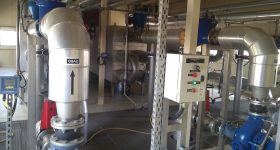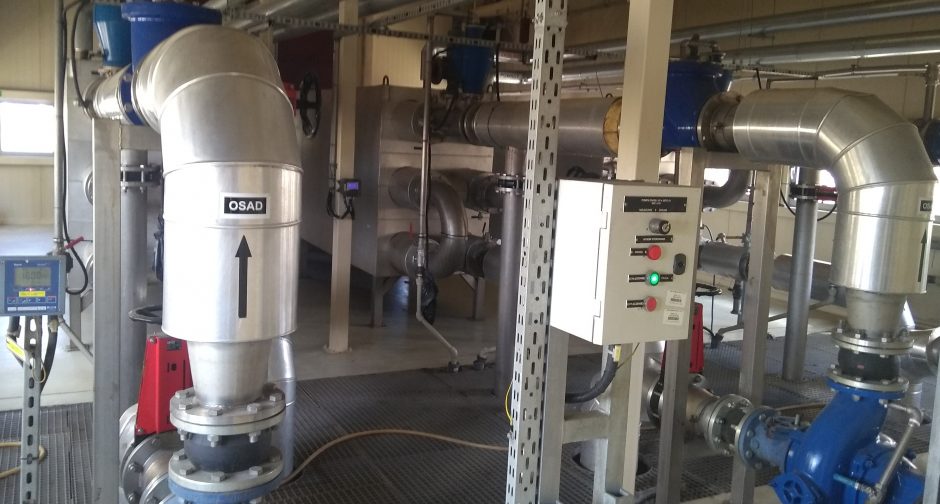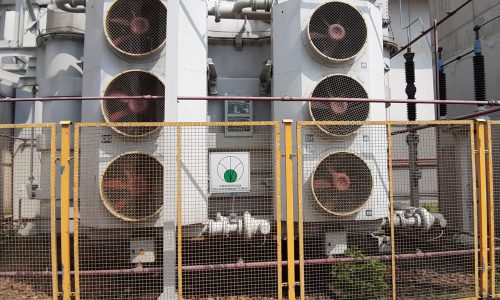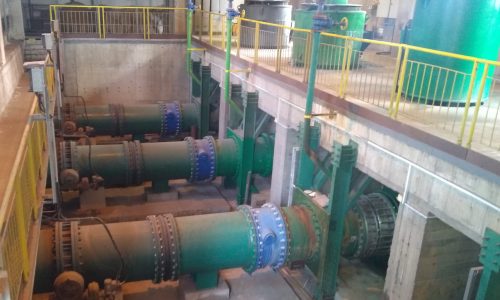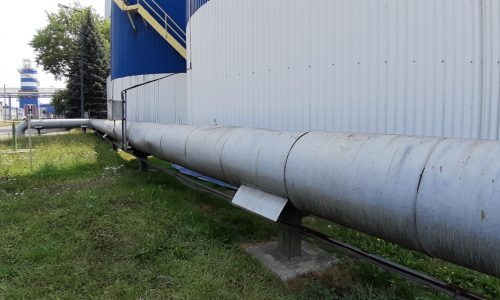The sewage treatment plant (14): sludge heating
Sounds recorded in the building with heat exchangers which heat the sludge to a temperature of about 38oC. Heated sludge goes to four tanks which are separate fermentation chambers. Methane fermentation occurs and biogas is released and later used to produce electricity for the plant. The sewage treatment plant is largely energy self-sufficient.
The recording was made at the Płaszów Sewage Treatment Plant. This is one of two mechanical-biological treatment plants belonging to Miejskie Przedsiębiorstwo Wodociągów i Kanalizacji S.A. in Krakow. The sewage treatment plant in Płaszów serves around 500,000 inhabitants and treats an average of 165,000 m3 of sewage per day.
First, the sewage is pre-treated mechanically: solid impurities are retained on coarse and fine grids, sand is removed in a sand trap, sediment settles in the primary settling tanks. Mechanically treated sewage is channelled to biological reactors where the processes of removing organic compounds, nitrogen and phosphorus using the biomass of bacteria, protozoa and higher organisms (the so-called activated sludge) take place. Then they go to secondary settling tanks where active sludge is separated from the treated sewage. Sewage which has been treated and is now safe for the ecosystem is discharged into the Drwina River. Sludge from the purification process is used to produce biogas which powers electricity generators. Finally, after dewatering the sludge is incinerated at the Sludge Thermal Treatment Station.
The information comes from: https://osplaszow.wkraj.pl/#/62657/0
Sound recording: Monika Widzicka
Photo: Piotr Żabicki
Specs:
Filesize:
Duration:
Channels:
15.3 MB
39 s
2 (Stereo)
Bit rate:
Bit depth:
3072 kb/s
16 bit
Recorded on July 25, 2019
Płaszów Sewage Treatment Plant
Krakow, POLAND
Creative Commons License

